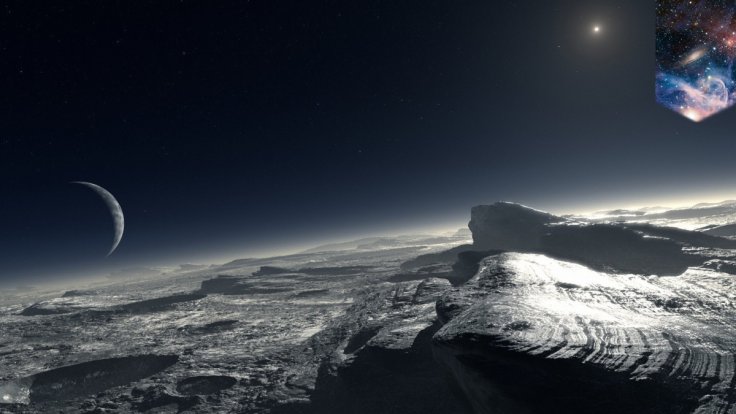
As Pluto's planetary status continues to face flux, a team of researchers at the Southwest Research Institute has suggested that this cosmic body might be actually formed from the remains of a billion icy comets in the early days of the solar system.
During the research, which is published in the journal Icarus, the team analyzed the data gathered by NASA's New Horizons and the ESA's Rosetta. New Horizons has spent more than a decade visiting some of the most distant objects in the solar system, while Rosetta explored comet 67P, and it even went a little near to Sun. Comparing the results obtained by New Horizons and Rosetta, researchers came to know that Pluto and Comet 67P were made of the same constituents.
Chris Glein, a researcher at the Southwest Research Institute, said in a statement that they have found an intriguing consistency "between the estimated amount of nitrogen inside the glacier and the amount that would be expected if Pluto was formed by the agglomeration of roughly a billion comets or other Kuiper Belt objects similar in chemical composition to 67P, the comet explored by Rosetta."
The researchers also revealed that Pluto's initial makeup inherited from cometary building blocks was chemically modified by liquid water.
In addition, Chris said that their study "builds upon the fantastic successes of the New Horizons and Rosetta missions to expand our understanding of the origin and evolution of Pluto. Using chemistry as a detective's tool, we are able to trace certain features we see on Pluto today to formation processes from long ago. This leads to a new appreciation of the richness of Pluto's 'life story,' which we are only starting to grasp."
The new study report came just a month after a team of NASA researchers suggested the possibility of alien life in the underground ocean in Pluto. Steven Vance, an astrobiologist at NASA revealed that the underground ocean in Pluto may contain various elements like ethyl alcohol, methanol, hydrocarbons like methane and ethane and other particles made up of hydrogen, oxygen, carbon and nitrogen. Experts believe that the presence of these elements may act as nourishing elements to harbour life.









